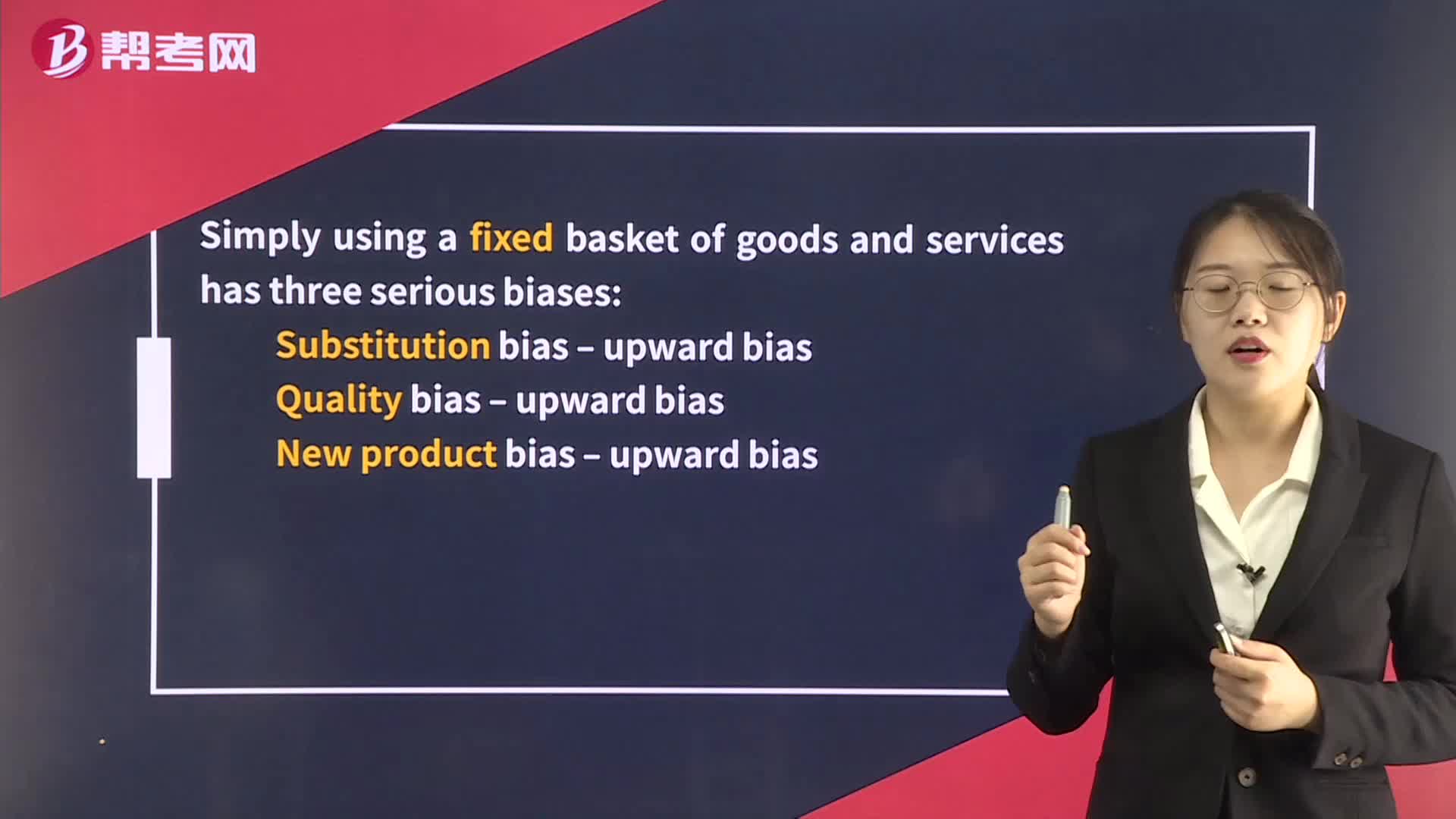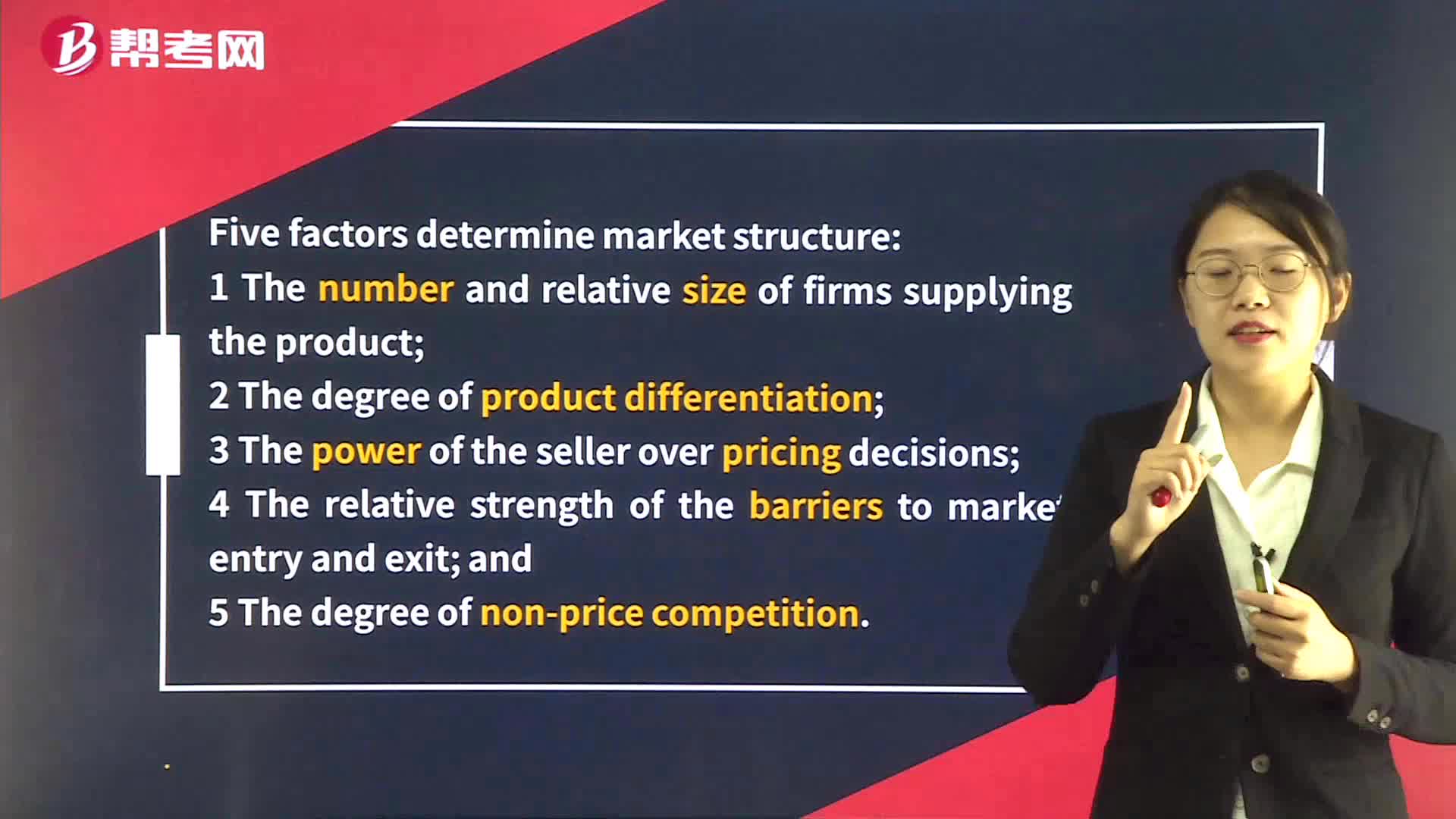Examination of a Company’s Financial Position
To examine a company's financial position, one must analyze its financial statements, including the balance sheet, income statement, and cash flow statement.
The balance sheet provides a snapshot of the company's assets, liabilities, and equity at a specific point in time. It shows what the company owns (assets), what it owes (liabilities), and what is left over for the owners (equity). By analyzing the balance sheet, one can determine the company's liquidity, solvency, and financial flexibility.
The income statement shows the company's revenues and expenses over a period of time, typically a year. It provides insight into the company's profitability and its ability to generate income. By analyzing the income statement, one can determine the company's revenue growth, gross profit margin, operating profit margin, and net profit margin.
The cash flow statement shows the inflows and outflows of cash over a period of time. It provides insight into the company's ability to generate cash and its ability to meet its financial obligations. By analyzing the cash flow statement, one can determine the company's operating cash flow, investing cash flow, and financing cash flow.
In addition to these financial statements, one may also analyze other financial ratios and metrics, such as return on equity (ROE), return on assets (ROA), debt-to-equity ratio, and current ratio. These ratios provide additional insight into the company's financial position and performance.
Overall, examining a company's financial position involves a thorough analysis of its financial statements and other financial metrics to determine its liquidity, solvency, profitability, and financial flexibility.
 帮考网校
帮考网校

























